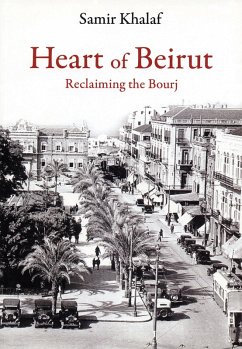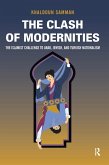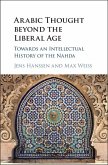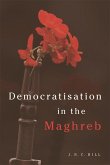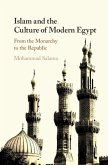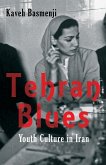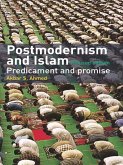The Bourj in central Beirut is one of the world’s oldest and most vibrant public squares. Named after the mediaeval lookout tower that once soared above the city’s imposing ramparts, the square has also been known as Place des Canons (after a Russian artillery build-up in 1773) and Martyrs’ Square (after the Ottoman execution of nationalists in 1916). As an open museum of civilizations, it resonates with influences from ancient Phoenician to colonial, post-colonial and, as of late, postmodern elements. Over the centuries it has come to embody pluralism and tolerance. During the Lebanese civil war (1975-90), this ebullient entertainment district, transport hub and melting-pot of cultures was ruptured by the notorious Green Line, which split the city into belligerent warring factions. Fractious infighting and punishing Israeli air raids compounded the damage, turning the Bourj into a no-man’s-land. In the wake of former Prime Minister Rafik al-Hariri’s assassination (14 February 2005), the Bourj witnessed extraordinary scenes of popular, multi-faith and cross-generational protest. Once again, Samir Khalaf argues, the heart of Beirut was poised to re-invent itself as an open space in which diverse groups can celebrate their differences without indifference to the other. By revisiting earlier episodes in the Bourj’s numerous transformations of its collective identity, Khalaf explores prospects for neutralizing the disheartening symptoms of reawakened religiosity and commodified consumerism. 'A timely and informative study on Beirut’s pre-eminent patch of public space.’ The Daily Star 'Khalaf has arguably contributed more fine studies on the history and sociology of modern Lebanon than has any other scholar alive.’ Foreign Affairs 'A spirited guide to Beirut's (re)development, lively in style, rich in illustration and perceptive in analysis.' Frederick Anscombe, Birkbeck College, University of London
Dieser Download kann aus rechtlichen Gründen nur mit Rechnungsadresse in A, B, BG, CY, CZ, D, DK, EW, E, FIN, F, GR, H, IRL, I, LT, L, LR, M, NL, PL, P, R, S, SLO, SK ausgeliefert werden.

